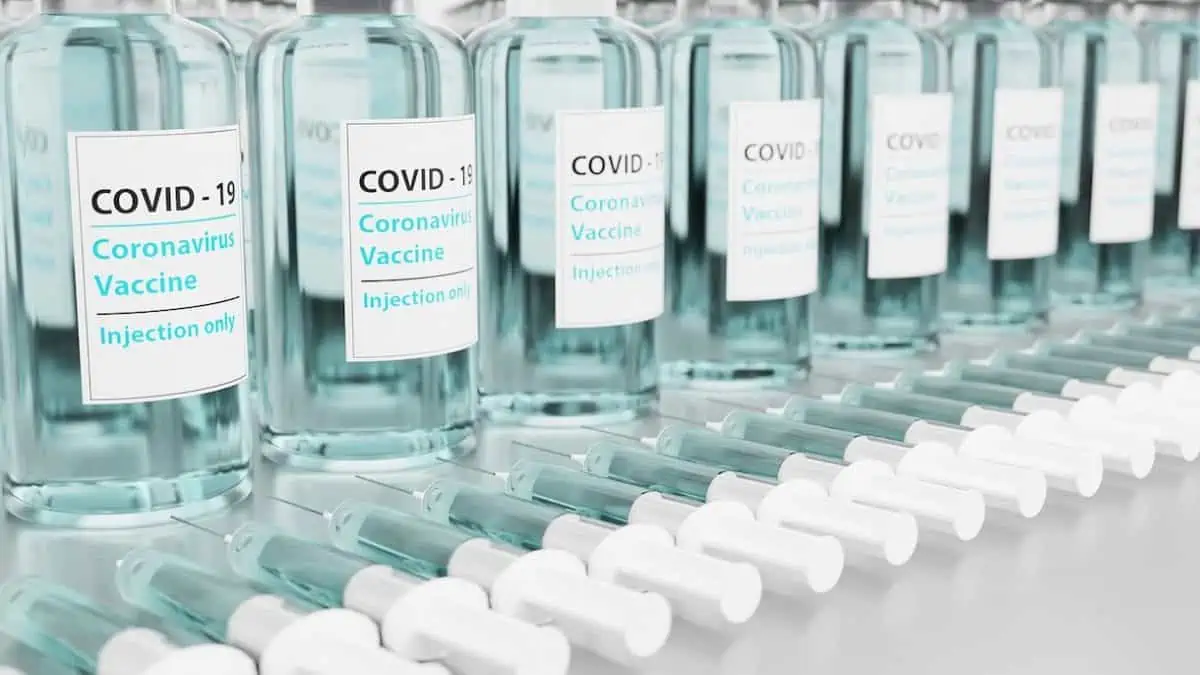While most medical supplies can be refrigerated or kept in a dry, dark place at room temperature, some require unusually low temperatures. The ability to supply extreme cooling measures is also vital in various medical treatments. Therefore, from a medical supply chain point of view, one could certainly do worse than investing in some of these industries including refrigerated transportation.
mRNA Vaccines
Let’s get the obvious one out of the way first. Both Pfizer and Moderna’s Covid-19 vaccines need to be stored at very low temperatures, the former at below -70 degrees Celsius (-94 Fahrenheit), which is colder than the average snow temperature in Antarctica in winter, and is achievable through the use of large quantities of solid carbon dioxide (dry ice).
This extreme cold is needed because both vaccines’ mechanism of action is via messenger ribonucleic acid (mRNA), which, unlike deoxyribonucleic acid (DNA), can be rather temperamental if left for too long – and freezing it preserves it for longer. mRNA exists naturally within the body but does not sit around for long, as it is used by cells for transcribing and translating genetic information from DNA to where it needs to go within the body.
All the vaccines do is paste in some extra information for your immune cells to help them fight Covid without getting carried away and accidentally causing collateral damage to your respiratory system, which is what could otherwise happen if you catch Covid naturally out in the wild.
Liquid Nitrogen
One of the most common medical uses of liquid nitrogen, which has a boiling point of around -195.8 degrees Celsius (-320 Fahrenheit), is the removal of warts or verrucas, or actinic keratosis from the skin, as it is easier to focus than simply burning them off.
Other forms of cryotherapy include cryo chambers, in which liquid nitrogen is used to rapidly cool the skin’s surface, giving the recipient an exhilarating cold experience without resorting to an ice bath, which significantly reduces one’s core temperature and is thus arguably far more dangerous.
Liquid nitrogen is first created by separating nitrogen from oxygen in the air through a special machine called a nitrogen generator– much like Compair nitrogen generators, for example. The nitrogen is then cooled and stored in a vacuum to maintain its extremely low temperature. Liquid nitrogen can also be used in cryogenics, such as storing sperm or ovum cells or even, in some rare cases, cryogenically freezing terminally ill patients.
Ice Packs For First Aid
Then, of course, there are ice packs used for innumerable situations in first aid, such as reducing swelling, inflammation, or pain relief by way of cold compression of the skin. These are typically made from refrigerant gels made up of water mixed with chemicals like ammonium nitrate, which dissolves upon rupturing of the inner chamber in an endothermic reaction.
Ice packs are a staple of most first aid kits and medical devices, especially in the realm of sporting and leisure centers, where any sports coach or lifeguard will tell you how quickly they will go through them – particularly when they don’t always have access to some ice and a paper towel from the bar.


Hi, Great article!
This is well worth a read. You presented great insight and information about Medical Supply Chain.
Thanks.